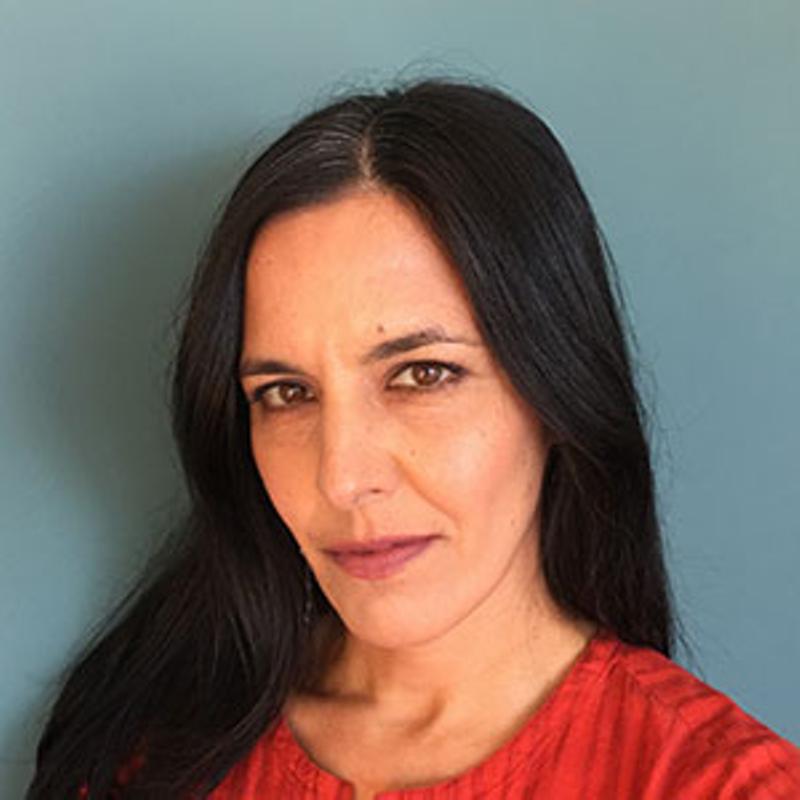[Editor’s note: Award-winning B.C. author Charlotte Gill released her memoir this week. The book, ‘Almost Brown: A Mixed-Race Family Memoir’ is an anticipated exploration of growing up in a mixed-race family and the systemic forces that shaped its members’ lives.
The book does the important work of surfacing the quieter tensions that inform the daily realities of racialized people. “A lot of the experiences that I lived through as a child of an interracial couple, and that my parents lived through, I didn’t really recognize as being racially derived. I think my parents experienced quite a bit of discrimination, but people in my family didn’t really talk about it, because it was confusing and painful,” Gill told Paloma Pacheco in a Tyee interview this week.
Gill’s book makes important connections between our everyday experiences and the systemic forces that underscore them.
“I think in probably many of our families, we believe that we’re just average people — we’re affected by our own personal decision-making and not really subject to the winds of history. But I could really see, when I started thinking about colonialism and even how my parents arrived in each other’s company way back in the ’60s, how influenced everyone had been by the winds of history,” she told Pacheco.
“Because if the British had never been in India I doubt my dad would have shown up in London when he did, and I probably wouldn’t exist.”
Today, we’re pleased to run an excerpt from Gill’s memoir that takes us to her childhood in which she strives to fit in with the other kids in her mostly-white community, but finds herself coming up short.]
Our town sat adjacent to a large Kanienʼkehá꞉ka reservation, and many of the children from that community attended public school with us. They learned about their own ancestors, their very own tribes, as if they were disappeared figments from the past. We learned about Jim Crow, too, but not in any serious or impactful detail, as if these laws were mere administrative relics governing the function of water fountains and entrance signage.
I took my share of Scantron exams, the ones with the empty ovals that you fill in with a pencil. I grew to dislike them, but not for the usual reasons — the performance anxieties, the ticking clocks, the long rows of desks lined up in the gym or even the prospect of my father scrutinizing my results.
The exam booklets always had a section devoted to the harvest of personal and statistical information where I’d find this question: What is your racial background? Always the same one, or versions of it, followed by a list of acceptably compartmentalized ethnic groups: white, Black, Asian, etc. I couldn’t reply accurately because only one response was allowed, and I didn’t have just one answer. I looked around at my mostly white classmates and felt confused, but there was no box for that. So, I usually just checked “Other,” which at the time felt about right.
I had no idea what pigeonhole to choose. “Asian” seemed big, like the broad side of a barn. I didn’t feel particularly Indian, even though my brother and I looked like my dad, undeniably so. His traits were dominant, our mother’s recessive. In keeping with their personalities, his features showed up at the forefront, whereas hers lay beneath in the architecture, in the structure of our bones and faces. In the parental donation of physical traits, our father had won by a landslide, but I couldn’t discriminate. I accepted the mismatch of their physical features as idiosyncrasies, the matter of skin being no more important than the shape of a nose or the length of one’s fingers.
I didn’t perceive the value, the meaning of the difference between them, nor the shade variegation I shared with my brother. I couldn’t see how this space might widen over time, so that one day they’d no longer belong to each other, and as their children, we’d cease to be the sum of their parts, not as we’d been in the beginning, before we grew into a middle zone that only we could feel and understand.
In the midst of this early education, I tried hard to think of myself as normal and regular, just like any other kid in class. Ivory Snow, American purity, etc. But I knew it was impossible. My dad was Indian. My mom was English. They had accents and used all the wrong names for things. Our village was ruled by working-class sensibilities, and few men wore suits, my dad excluded. As soon as he hit America, he doubled down on the fashion, as if he’d raided the wardrobe department of Saturday Night Fever. My mother, on the other hand, talked like she’d come from a place where people still wore chain mail and ermine robes. She was nothing like the other moms with their long nails and Virginia Slims, their feathered hair and Jordache jeans.
I dressed in cowboy shirts and corduroys and sneakers. These were my clothes, what I’d always worn, but they were also the disguise of North America, chosen for maximum camouflage. I did whatever I could to sneak through, to show I was just like everyone else. But my classmates saw right through me. They knew precisely what questions to ask, almost right from the start. Why did I have dark circles around my eyes? Why were my lips purple and not pink? That’s how I began to see myself through other people’s eyes, not only in the first person, but also in the third.
My mother was no accurate mirror, either. She never mentioned skin tone or race — not hers, ours or our father’s. “I only saw you as mine,” she says even now. Our father seldom discussed it, either, just like he never talked about Kenya, his youth or any part of his life before medical school.
All roads led back to Africa and my grandparents, who never called or sent cards or gifts in the mail, at least none that I ever saw, whose silence was total and adamant.
Excerpted from ‘Almost Brown’ by Charlotte Gill. Copyright © 2023 Charlotte Gill. Published by Viking Canada, a division of Penguin Random House Canada Limited. Reproduced by arrangement with the Publisher. All rights reserved. ![]()
Read more: Books, Rights + Justice
















Tyee Commenting Guidelines
Comments that violate guidelines risk being deleted, and violations may result in a temporary or permanent user ban. Maintain the spirit of good conversation to stay in the discussion and be patient with moderators. Comments are reviewed regularly but not in real time.
Do:
Do not: